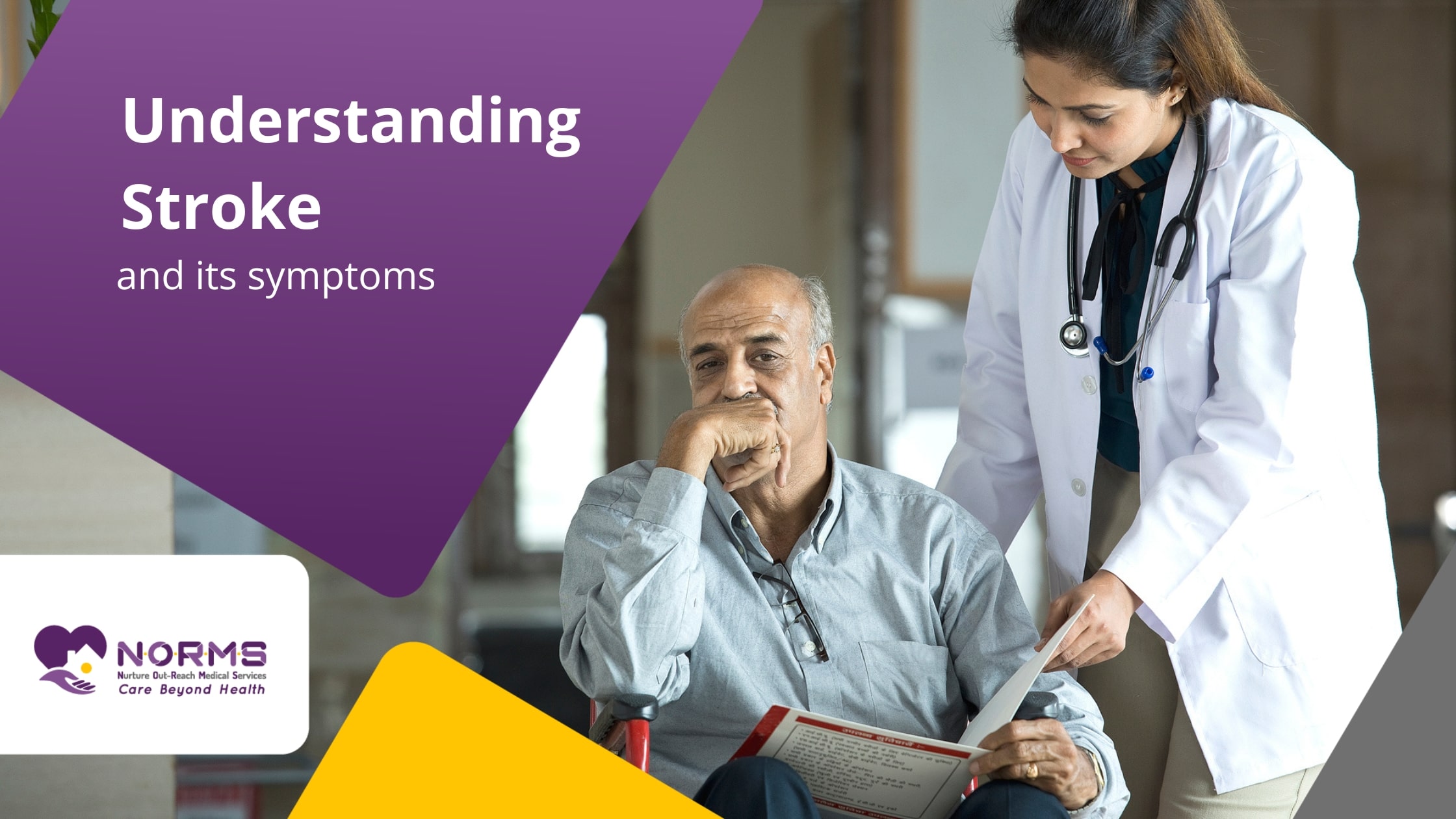
Imagine a situation where the brain was a living being and was cut off from oxygen, similarly a stroke occurs when the blood supply to part of the brain is interrupted or reduced, depriving brain tissue of oxygen and nutrients. This can result in brain cell damage or death, leading to various neurological symptoms.
Everyone, including children, is susceptible to stroke, while certain individuals are more vulnerable than others. Strokes are more common in later life (those over 65 account for around two-thirds of all stroke cases).
Elders are more prone to stroke due to factors such as age-related changes in blood vessels, higher prevalence of risk factors such as age-related changes in blood vessels, higher prevalence of risk factors like high blood pressure, diabetes, and heart disease, and increased likelihood of lifestyle factors such as physical inactivity and poor diet.
There are two main types of strokes: Ischemic stroke and hemorrhagic stroke:
This type of stroke occurs when a blood vlot or plaque blocks a blood vessel supplying blood to the brain. Ischemic strokes account for the majority of stroke cases.
This type of stroke occurs when a blood vessel in the brain ruptures or leaks, leading to bleeding into the brain tissue or surrounding areas. Hemorrhagic strokes account for about 13% of all strokes.
A stroke may cause one or more of the following symptoms:
Hemorrhagic and ischemic strokes can occur for a variety of causes. Blood clots are typically the cause of ischemic strokes. There are several risk factors for a stroke, including:
The way a stroke is treated is influenced by numerous variables. The type of stroke a patient experiences is the most significant aspect in defining their course of treatment.
Restoring blood flow to the damaged brain regions is the main goal in cases of ischemic strokes. Sometimes, if this occurs quickly enough, irreparable damage can be avoided, or at least the severity of a stroke can be reduced. To restore circulation, thrombolytic medications are typically used, though catheterization may also be necessary.
The location and extent of the bleeding determine the course of treatment for hemorrhagic strokes. Since lowering blood pressure will lessen bleeding and prevent it from getting worse, this is frequently the first focus. Enhancing coagulation is an additional therapeutic strategy to halt the bleeding. Sometimes surgery is required.
Have a better diet, exercise regularly, and keep yourself healthy. Make it a habit that you enforce every day.
Smoking or intake of drugs is detrimental and must be avoided at all costs.
Ensure that you visit your doctor or caregiver regularly and get regular reports about your health. There should be someone to monitor your health and wellness at all times
Stroke is a serious medical condition that requires prompt recognition and intervention, by understanding the risk factors, symptoms, and preventive measures, an individual can take proactive steps to reduce their risk of a stroke.
Yes, they can, although stroke is a lot more common in older adults. It can occur at any age, even children are susceptible to a stroke.
There are two types of strokes – Ischemic and Hemorrhagic stroke.